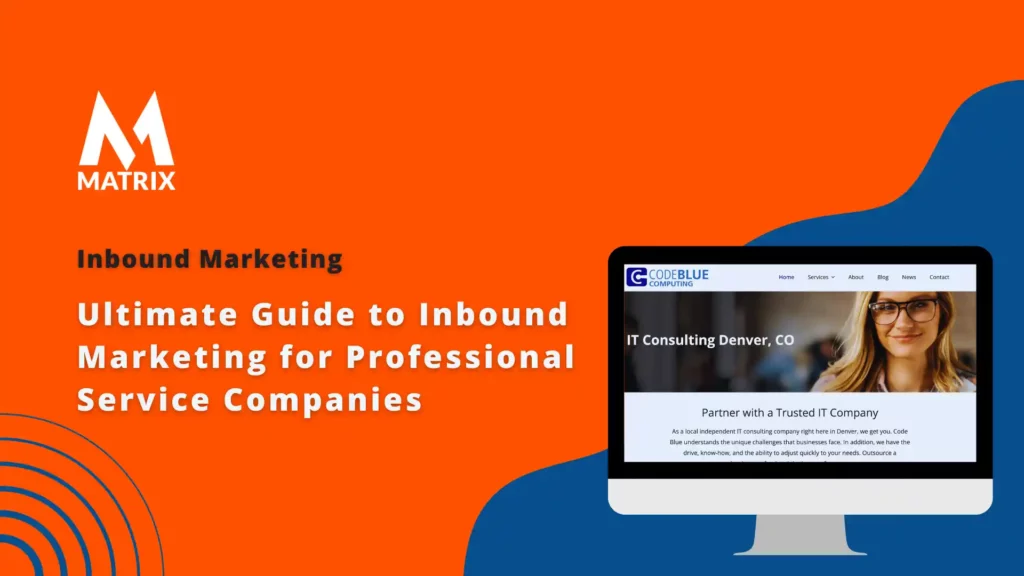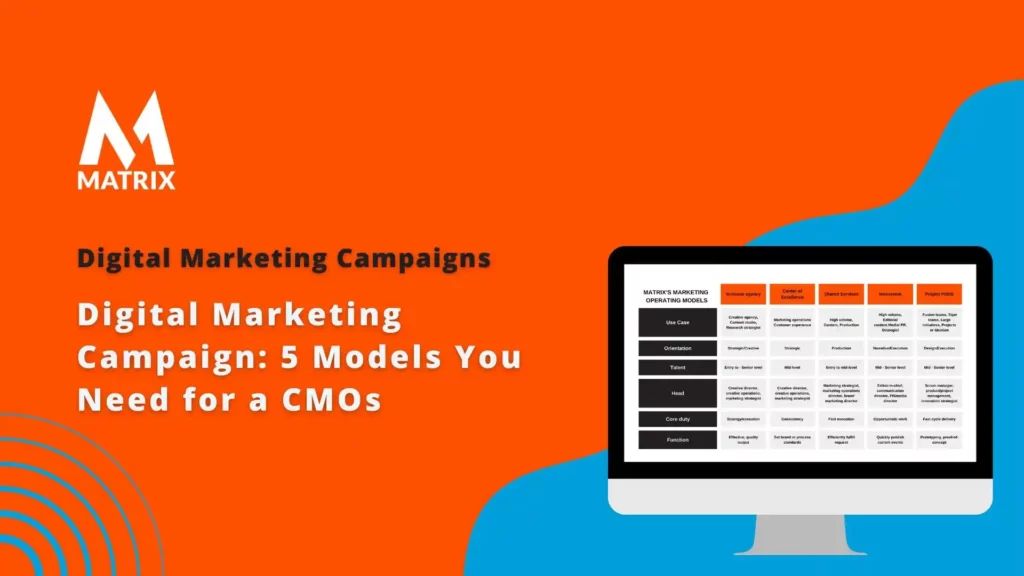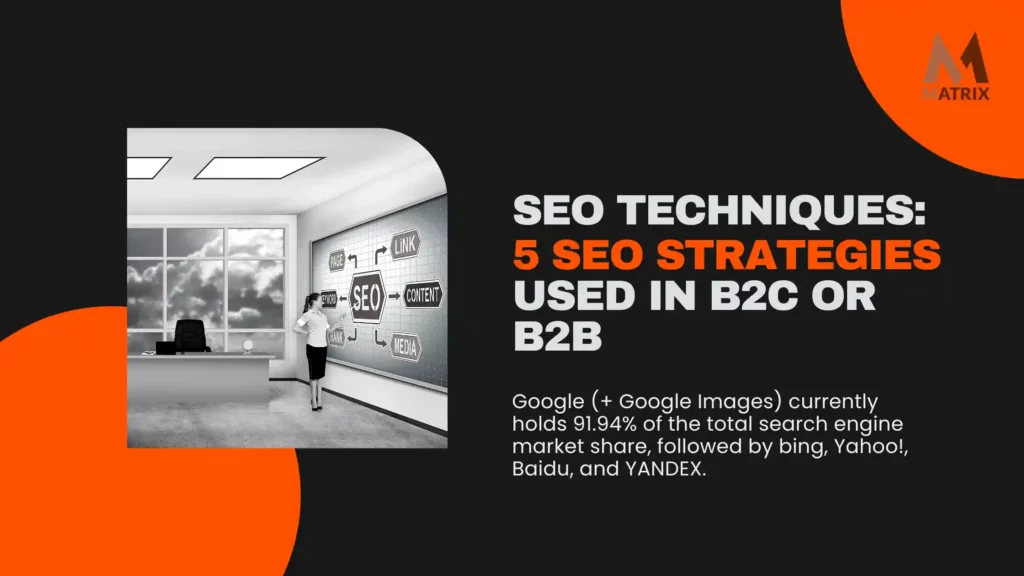Ultimate Guide to Inbound Marketing for Professional Service Companies
Learn About Inbound Marketing for Professional Service Companies Today.
As a professional service company, you understand the importance of establishing and maintaining an active presence in your industry.
A key component is building an audience for your products and services through successful marketing strategies. Inbound marketing is one of the most effective methods of promoting a business online, making it essential to master its intricacies to compete in today’s competitive landscape.
Our ultimate guide to Inbound Marketing for Professional Service Companies will provide all the tools necessary to create campaigns that resonate with customers and drive leads back home again.
A digital marketing agency offers inbound marketing services
By combining our expertise in content creation, targeted advertising strategies, inbound marketing examples, website optimization practices, and other tried-and-true tactics, we’ll ensure you get maximum bang for your buck to stay ahead of the competition!
What is Inbound Marketing and What Are the Benefits for Professional Service Companies
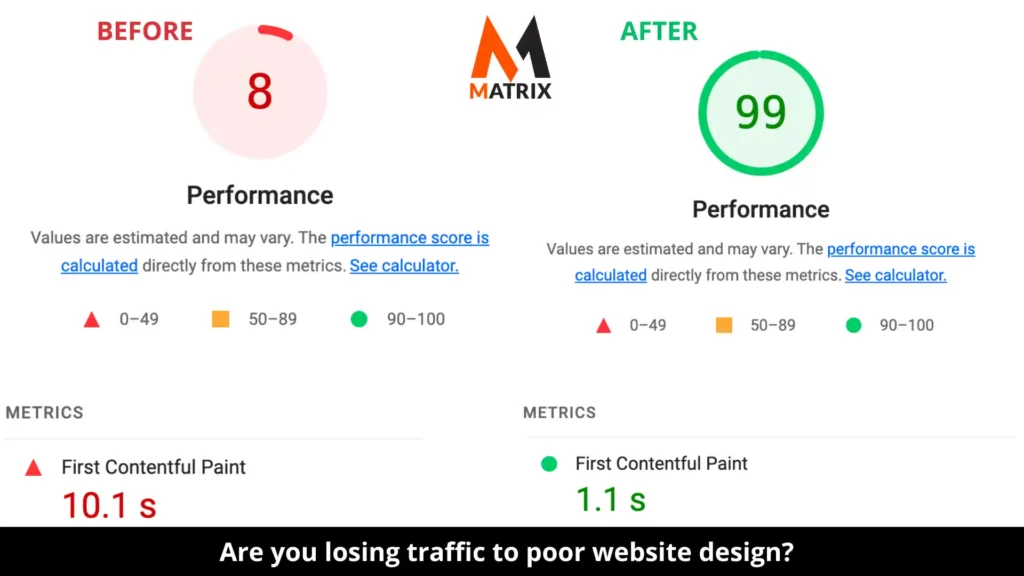
Inbound marketing is an innovative technique that attracts potential customers to your business rather than interrupting them with traditional marketing tactics. For professional service companies, inbound marketing can be a game-changer that offers various benefits.
The approach allows companies to focus on their target audience and create personalized content that meets their needs, ultimately building trust and credibility.
Inbound marketing also offers valuable insights into customer behavior through analytics, allowing companies to adjust their campaigns and strategies accordingly.
With this approach, professional service companies can establish thought leadership, drive organic traffic, and generate higher-quality leads, all while building long-term relationships with their customers.
Crafting an Effective Inbound Marketing Strategy
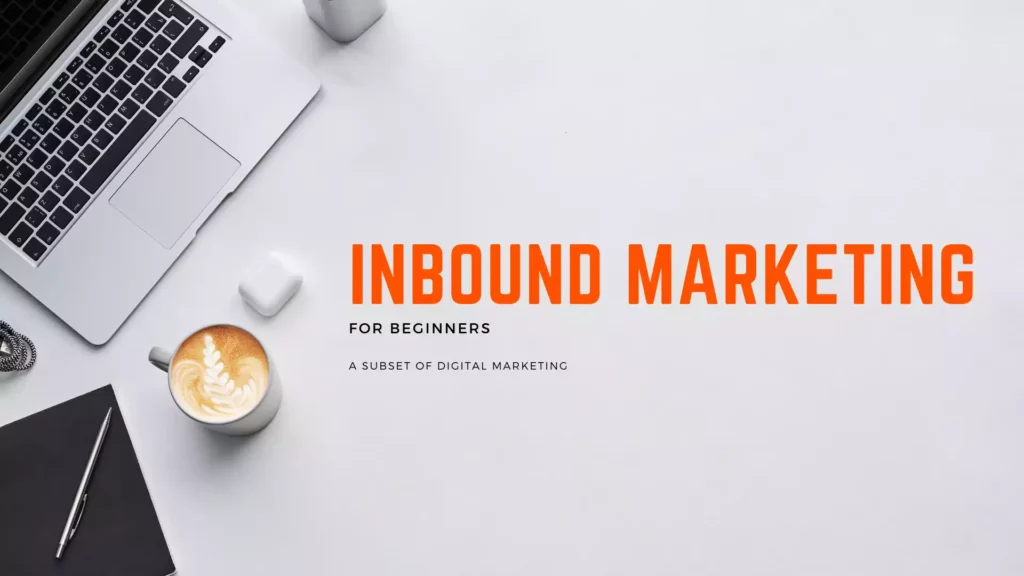
In today’s fast-paced digital world, it is no secret that having a well-crafted inbound marketing strategy is key to staying ahead of the competition. But what makes an inbound marketing strategy truly effective? It starts with understanding your target audience and their needs.
By creating authentic and valuable content that speaks directly to them, you can attract, engage, and convert potential customers into loyal advocates for your brand.
Additionally, leveraging the right channels and tools to distribute and promote your content can amplify your reach and help you build a strong online presence.
With a thoughtful and data-driven approach, crafting an effective inbound marketing strategy can drive measurable results and help your business thrive.
Parts of Inbound Marketing: Attract, Convert, Close, Engage
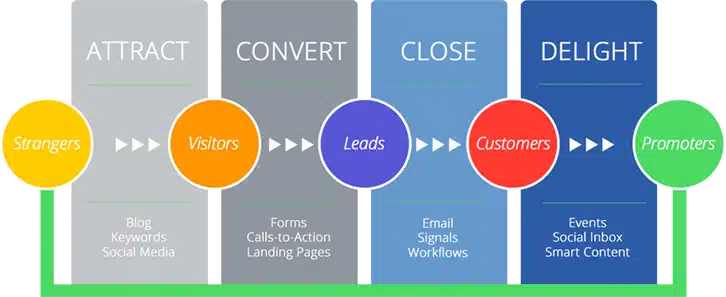
Inbound marketing is a highly effective strategy for attracting and retaining customers but it involves several components. Attracting potential customers is the first step and involves creating relevant and informative content.
This is followed by converting leads into real opportunities, typically requiring some call-to-action. Once you have these leads, the next step is to close the deal by guiding them through the sales process.
Engaging with your customers is critical to keeping them interested and satisfied with your brand. Each of these four components is essential to any successful inbound marketing campaign, and mastering them will help you build long-lasting relationships with your audience.
As the world becomes increasingly digital, having a strong online presence is essential for any business.
That’s where Attract comes in. With years of experience in website optimization, SEO, social media, and blogging, we’re experts at helping businesses increase their visibility online. Our team takes a personalized approach to each client, tailoring our services to meet their needs and goals.
Whether you’re just starting or looking to revamp your existing online strategy, Attract has the tools and expertise to help you succeed in the digital landscape.
Trust us to optimize your site for search engines, create engaging content for your blog, and develop a social media strategy to help you reach your target audience. Let us help you optimize your online presence and attract more customers today.
- Leverage SEO: Search engine optimization (SEO) is a powerful tool for increasing your online presence and driving organic traffic to your website. To get started, identify the keywords relevant to your business and incorporate them into your website content and metadata. Additionally, optimize every page of your website by ensuring it is well-structured, fast loading, and mobile-friendly.
- Optimize Your Content: Creating content that provides value to your target audience is essential for increasing visibility online. Focusing on writing high-quality, informative, and engaging content is important. You should optimize your content for humans and search engines by incorporating keywords throughout the text and adding Schema markup where appropriate.
- Use Social Media Strategically: Social media platforms can be a great way to reach potential customers and build relationships with existing ones. To get the most out of these channels, create strategic campaigns focusing on specific goals such as brand awareness or lead generation. Additionally, leverage various types of content, such as videos, images, polls, etc., to keep followers engaged with your brand.
Convert – Premium content offers, CTAs, thank you, and landing pages.
In today’s digital age, effective marketing is key to standing out in a crowded marketplace. If you want to take your marketing strategy to the next level, investing in premium content offers, compelling CTAs, impactful thank-you pages, and optimized landing pages is essential.
These elements create a seamless user experience, guide potential customers through the buyer’s journey, and ultimately drive conversions. By implementing these tactics, you can elevate your brand and drive meaningful results for your business.
3 steps to increase your chance of closing new business
- Increasing your chances of closing a new business is to enhance the user experience. Having a website optimized for search engines, loads quickly, and is mobile-friendly will help you attract more visitors and keep them engaged with your brand. Additionally, creating content that provides value to your target audience and incorporating relevant keywords into the text can help boost visibility online.
- It’s important to create compelling call-to-actions (CTAs) on each page of your website. This will help guide potential customers through the buyer’s journey and provide an easy way to reach out if they want to learn more about your product or service.
- Investing in premium content offers and optimized landing pages can help increase conversion rates and drive meaningful results for your business. Offering useful information tailored to each customer’s needs can lead to better engagement, higher quality leads, and improved sales performance.
Close – Lead Nurturing, closing, and analysis
In today’s competitive business landscape, more is needed to generate leads – you also need to nurture those leads to turn them into loyal customers effectively. That’s where lead nurturing comes into play.
By providing valuable, relevant content to prospective customers at each stage of the buyer’s journey, you can keep them engaged and interested in your products or services. But, of course, the ultimate goal is to close the deal.
The key to success in the world of business is combining smart strategies with a dedication to constant improvement. That’s where effective sales techniques and personalized communication come in. By analyzing your sales data and tracking customer interactions, you can fine-tune your approach and maximize your chances of success.
- Lead Nurturing: Lead nurturing is essential to increase the chances of closing more businesses. Segmenting your leads by buying stage and interests will allow you to deliver personalized content that addresses their needs and concerns. Additionally, measure engagement with emails, content offers, and other materials.
- Closing Techniques: Once leads reach the bottom of the funnel, it’s important to have effective sales techniques in place for closing deals efficiently. Leverage sales data from previous campaigns and customer interactions to create tailored approaches for each lead. This helps build strong relationships with potential customers, boosts trust in your brand, and increases the likelihood of success.
- Analysis: Tracking customer interactions helps you gain insight into what’s working and what isn’t so you can make necessary adjustments quickly. Analyzing data using tools such as funnel analytics can help identify any issues preventing successful conversions and provide valuable feedback on improving processes for future campaigns. The knowledge gained from analysis helps optimize strategies over time, leading to better results in less time and a higher chance of success when trying to close more business faster.
Engage – Customer Engagement Campaigns and Social Engagement Campaigns
In the fast-paced world of modern business, connecting with customers meaningfully is essential for success. Customer and social engagement campaigns offer powerful avenues for building relationships, promoting brand awareness, and driving revenue growth.
Through these targeted initiatives, businesses can tap into their target audience’s needs, desires, and interests, crafting compelling content and experiences that resonate deeply. Whether through interactive social media campaigns or personalized email marketing, the possibilities for engagement are endless.
By embracing these tactics, businesses can foster vibrant communities of loyal fans and customers eager to engage with their brand regularly.
Blogging – Long-Tail Keywords and phrases, EdCal, and analysis
Blogging has become integral to content marketing in today’s digital world. To ensure that your blog posts reach your target audience, using long-tail keywords and phrases greatly improves their visibility. Another important aspect of blogging is utilizing a blogging calendar or EdCal.
This tool helps organize and schedule consistent posting, increasing engagement and readership.
Analyzing your blog’s success by tracking metrics such as views and click-through rates can help identify areas for improvement and ensure that your content is resonating with your audience.
By incorporating these strategies into your blogging approach, you can increase your reach and establish yourself as a thought leader in your industry.
Website Optimization – technical SEO and performance monitoring
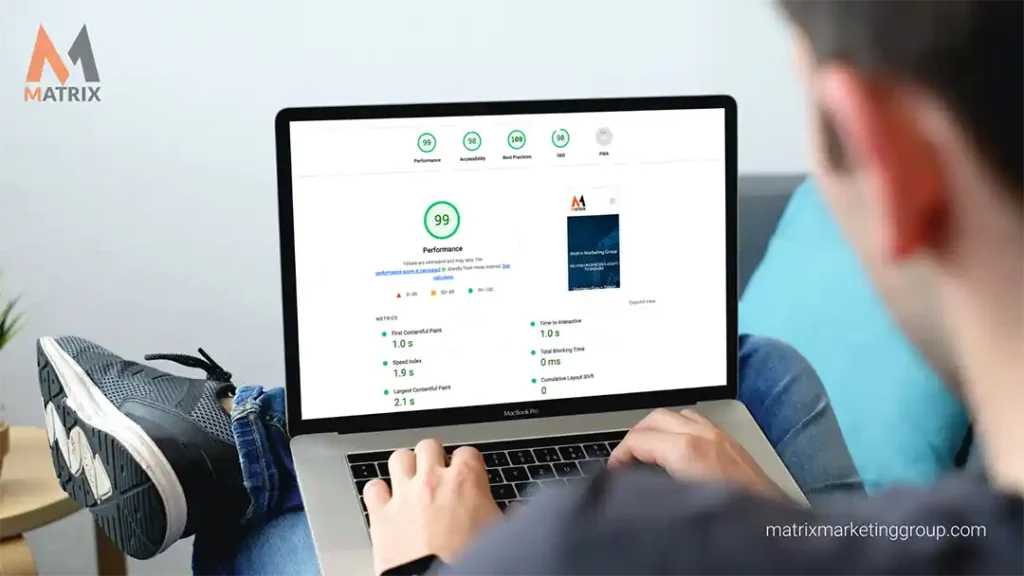
Optimizing a website can be complex and time-consuming, but it is crucial for success in today’s digital age. Technical SEO and performance monitoring are two important components of website optimization that cannot be ignored.
Technical SEO involves optimizing the structure and content of your website in a way that search engines can easily crawl and understand. This includes meta descriptions, image alt tags, and URL structure.
On the other hand, performance monitoring involves tracking and analyzing website metrics like load time and page speed to ensure your site runs efficiently.
By paying attention to these important factors, you can improve your website’s search engine rankings and provide a better user experience for your visitors.
Utilizing Social Media Platforms to Attract Quality Leads
In today’s digital age, businesses must have a strong online presence to attract quality leads. Social media platforms have become essential for companies to engage with their target audience and drive traffic to their website.
Utilizing platforms such as LinkedIn and Twitter can help establish strong relationships in the professional world, while Facebook and Instagram can create a more personal connection with potential customers.
Companies can use these platforms to showcase their brand, share informative content, and interact with followers to build trust and credibility. By implementing a strategic social media plan, businesses can improve their visibility and ultimately attract leads more likely to convert into loyal customers.
Creating Engaging Content to Drive Traffic
In today’s digital age, creating engaging content is essential for any business looking to drive traffic to its website. To succeed in this, it’s important first to understand your target audience and what they are looking for.
By doing so, you can tailor your content to meet their needs and interests, making it more likely that they will engage with and share your content.
Creating visually appealing, informative, and easy-to-read content is important to keep your audience engaged. By incorporating these elements, you can create content that drives traffic to your website and adds value to your audience’s experience.
Optimizing Your Website for SEO Purposes

As the world becomes increasingly digital, businesses must optimize their websites for search engine optimization (SEO) purposes.
Doing so increases the likelihood of users finding their website when conducting relevant searches online. Some key factors to consider when optimizing for SEO include utilizing relevant keywords, ensuring the website has a user-friendly design, and providing high-quality content that is updated regularly.
By taking these steps, businesses can improve their online presence and attract more potential customers to their websites. Don’t underestimate the power of SEO – it could make all the difference in gaining a competitive edge in today’s digital landscape.
Measuring and Analyzing Your Inbound Marketing Results
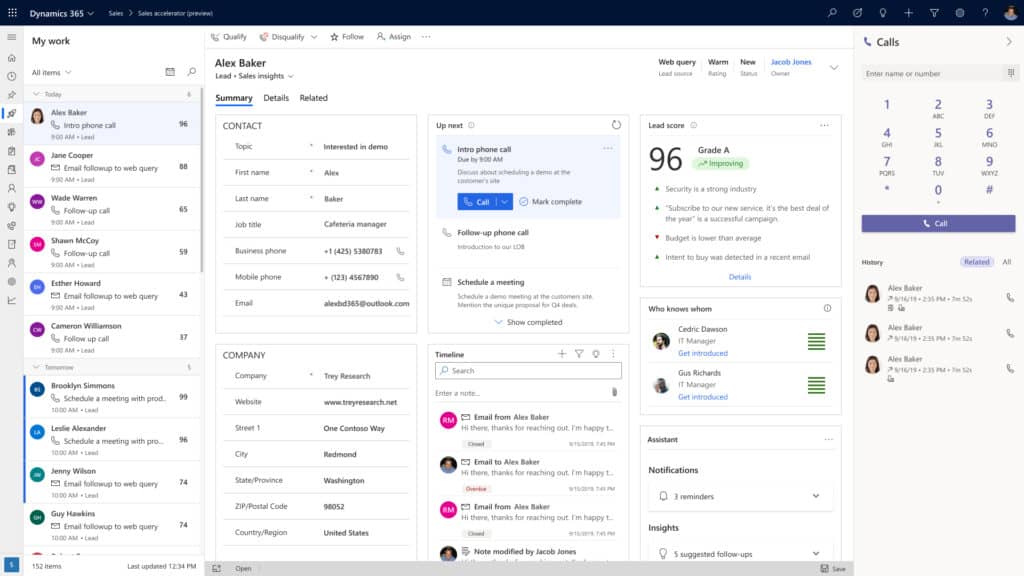
As businesses focus on inbound marketing, understanding how to measure and analyze results effectively becomes increasingly important.
By utilizing tools such as Google Analytics, marketers can gain insights into metrics such as traffic sources, bounce rates, and conversion rates. Further analysis of this data can reveal opportunities to optimize marketing strategies and improve overall performance.
A data-driven approach to inbound marketing increases the chances of success and allows for continuous improvement and growth. With the proper measurement and analysis techniques, businesses can confidently invest in their marketing efforts and see a greater return on investment.
Inbound marketing is critical to any modern professional service company’s strategic marketing plan. By implementing the right strategies, companies can attract quality leads and engage customers with meaningful content that drives conversions.
Inbound marketing enables companies to maximize return on investment by optimizing website performance, utilizing long-tail keywords and phrases, employing EdCal strategies, and engaging meaningfully with customers through customer and social engagement campaigns.
Inbound marketing includes website optimization and SEO practices that can help companies target the right leads at the right time.
To get started with your inbound marketing strategy, create an ideal customer profile to help focus efforts on the right opportunities for your business.
Crafting targeted content for potential customers is difficult, but companies can develop better relationships with their clients by following industry best practices and leveraging data-driven insights.
For more glimpses into inbound marketing for professional service companies, check out our Ultimate Guide to Inbound Marketing for Professional Service Companies! Read more about how to create an ideal customer profile here.
What is the difference between digital marketing vs. inbound marketing
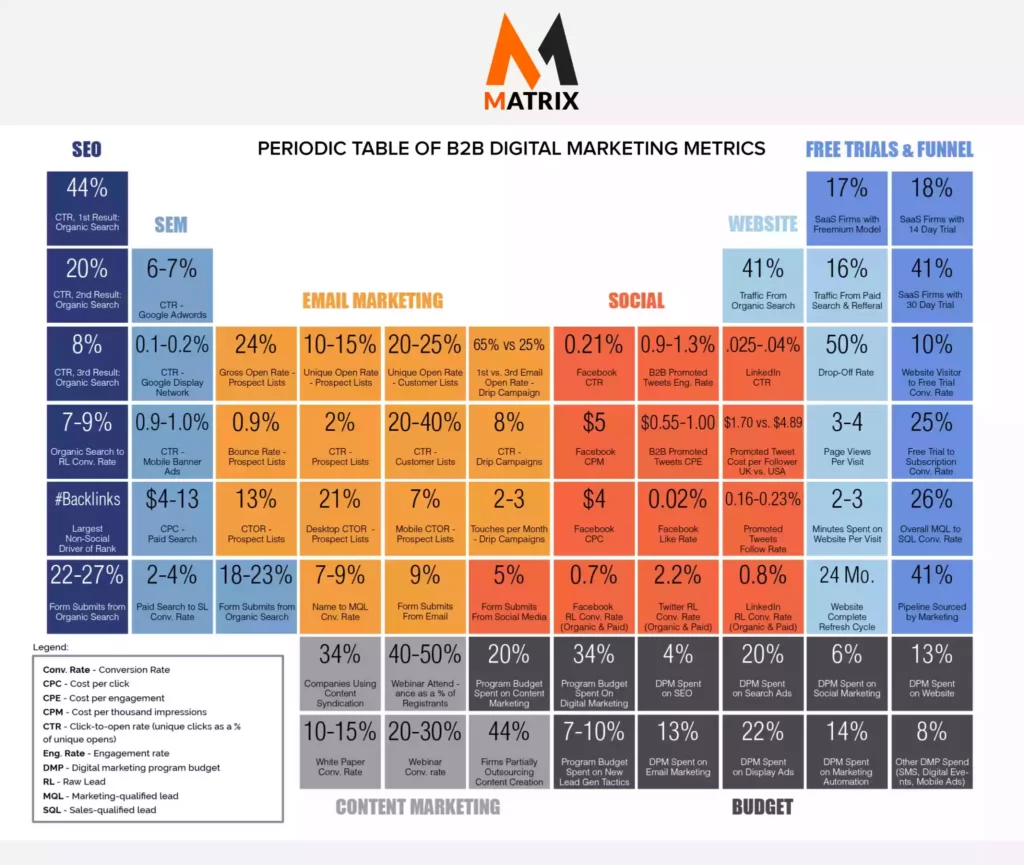
Digital marketing and inbound marketing are distinct yet interconnected strategies to reach potential customers.
Digital marketing uses digital channels such as websites, social media platforms, search engines, email, and mobile applications to promote a product or service. It focuses on strategies like keyword research, content creation, SEO optimization, link building, and more.
In contrast, inbound marketing is an approach to attracting customers through content creation. It utilizes tactics like blogging, social media campaigns, content offers (such as ebooks or webinars), SEO optimization, and other forms of content-rich initiatives that pull potential customers in rather than pushing sales messages out.
The key difference between digital marketing and inbound marketing is that while the former focuses on awareness through promotion and advertising activities, the latter focuses on creating meaningful connections with consumers by providing them with relevant information that they can utilize.
Inbound marketing also takes advantage of establishing trust between companies and customers by providing helpful resources for solving their problems or answering their questions.
Digital marketing may focus on generating leads through advertisements or using email campaigns to send out promotional materials.
On the other hand, inbound marketing relies on organic search engine results by optimizing keywords for higher rankings and using search engine-friendly techniques such as content creation or backlinking from other relevant websites.
In addition to organic traffic sources such as search engines, it also uses social media platforms like Facebook and Twitter for better engagement with potential customers.
Overall, digital marketing is focused on driving more traffic to a company’s website. In contrast, inbound marketing focuses more on helping businesses build relationships with their customers through helpful content and resources that aid them in making informed decisions about products or services they might be interested in purchasing.
Customer using inbound marketing and their results
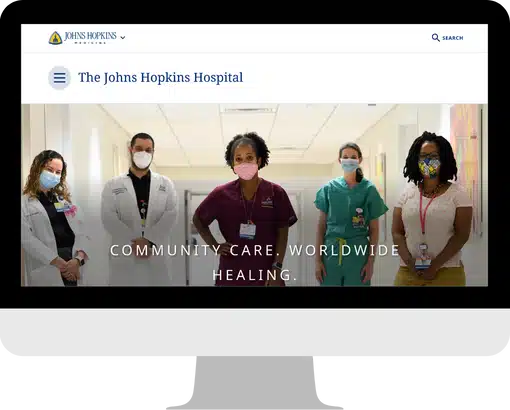
Many businesses are turning to HubSpot and inbound marketing to increase visibility, boost sales, and reach new customers. Here are four examples of companies that have had success with the platform:
1. The laundry detergent company Tide leveraged HubSpot’s tools to launch an inbound marketing campaign that resulted in a 54% increase in website traffic and a 44% reduction in their cost-per-lead rate. They have increased brand visibility by optimizing their content for specific keywords and driving targeted ads through Facebook advertising and social media campaigns.
2. The cruise line company Royal Caribbean Cruises used HubSpot for a series of successful email campaigns that delivered over 200,000 leads and 90% open rates.
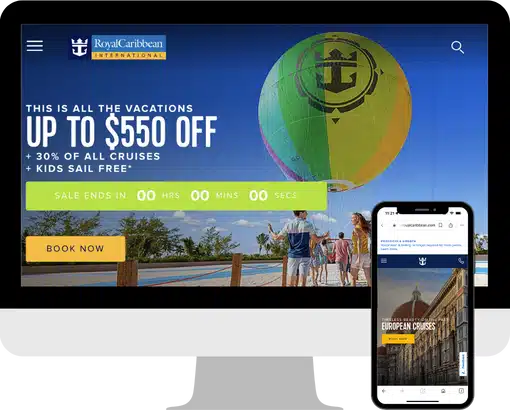
Royal Caribbean Cruises achieved exceptionally high response rates through A/B testing on subject lines, content optimization for different customer journey stages, and personalization strategies such as dynamic content based on the customer profile or location data.
3. Software company Freshworks saw an impressive 60% increase in organic search traffic after investing in an inbound marketing strategy with HubSpot.

By creating custom landing pages designed around various keywords related to their services and products and optimizing existing webpages with blog posts tailored towards each buyer journey stage, they could run effective campaigns that drove more qualified leads into their pipeline.
4. Property management software provider Buildium capitalized on HubSpot’s tools by developing an effective SEO strategy to improve their website ranking across industry-specific keywords relevant to their product offering; this boosted organic search traffic by 45%.
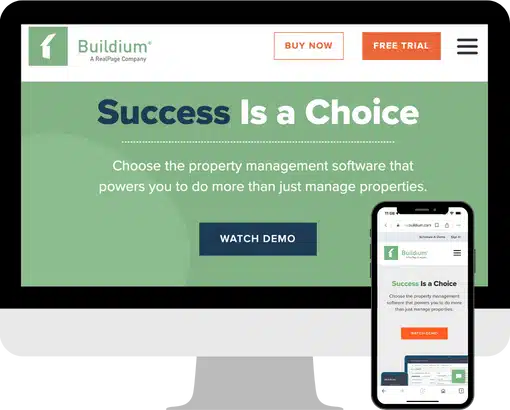
They also developed strategic lead nurturing tactics through automated workflows, increasing average lead conversion rates by 40%.
These four examples demonstrate how businesses can use HubSpot’s comprehensive collection of tools to create powerful and successful inbound marketing campaigns that drive real results.
With its focus on optimizing content for specific keywords and generating highly personalized experiences through segmentation methods such as email automation or dynamic content based on location or user data – businesses can achieve much higher ROI than traditional outbound marketing strategies alone.
Conclusion
Professional service companies need help to keep up with the ever-changing digital landscape and find success in their marketing efforts.
With a strategic plan, companies can save time and money on ineffective tactics that bring results. Traditional outbound marketing strategies can be costly and difficult to measure, leaving businesses needing to understand their return on investment.
Inbound marketing is the answer! By leveraging data-driven insights, creating targeted content for potential customers, optimizing website performance, utilizing long-tail keywords and phrases, employing EdCal strategies, and engaging meaningfully with customers through customer engagement campaigns – professional service companies can maximize return on investment from their inbound marketing strategy.
Matrix Marketing Group has developed IT services marketing strategy and digital marketing strategy for service industry. With our Ultimate Guide to Inbound Marketing for Professional Service Companies, you’ll have all the tools you need to start today!
General FAQs
What is Inbound Marketing for Professional Services?

Inbound marketing is a type of digital marketing strategy that focuses on creating content and experiences that are tailored to the needs and interests of an organization’s target audience. This approach draws prospective customers into the sales funnel by providing valuable, informative content such as blog posts, articles, videos, and podcasts. Inbound marketing also includes optimizing websites for search engine optimization (SEO), measuring and analyzing campaign results, and leveraging EdCal strategies to target the right leads at the right time.
What are some key factors to consider when optimizing a website for SEO?

When optimizing a website for SEO, some key factors include utilizing relevant keywords, ensuring the website has a user-friendly design, and providing high-quality content regularly updated. By taking these steps, businesses can improve their online presence and attract more potential customers to their websites.
How can businesses measure and analyze their inbound marketing results?

A data-driven approach to inbound marketing increases the chances of success and allows for continuous improvement and growth. Businesses can measure and analyze their inbound marketing results using Google Analytics. This data gives insights into traffic sources, bounce rates, and conversion rates. Further analysis of this data can reveal opportunities to optimize marketing strategies and improve overall performance.
What EdCal strategies can businesses use when engaging with customers?

To engage meaningfully with customers through EdCal strategies, businesses can create customer or social engagement campaigns that offer valuable content which aligns with their customer’s interests. They can also utilize long-tail keywords and phrases to target specific audiences and personalize their messaging.

